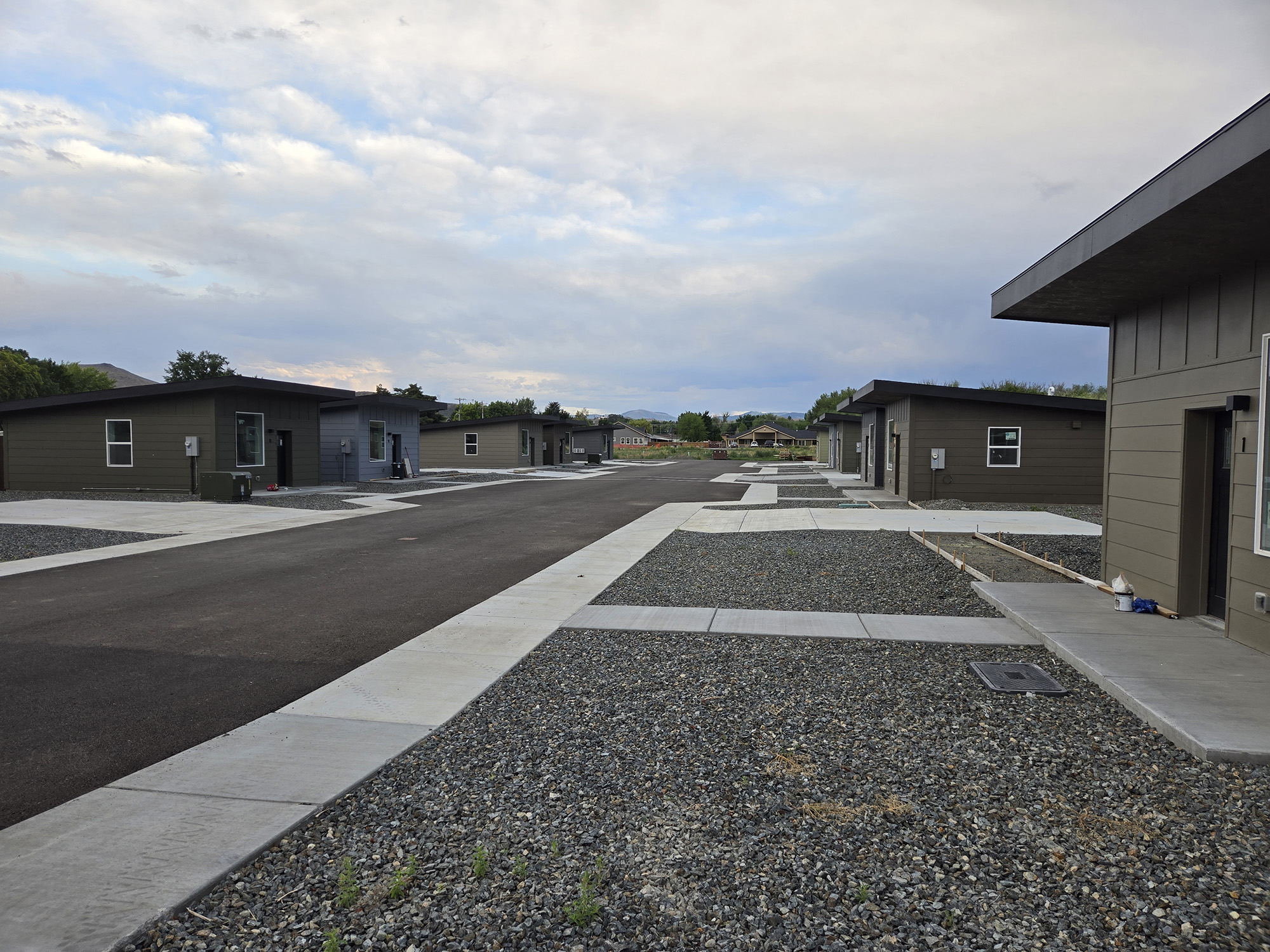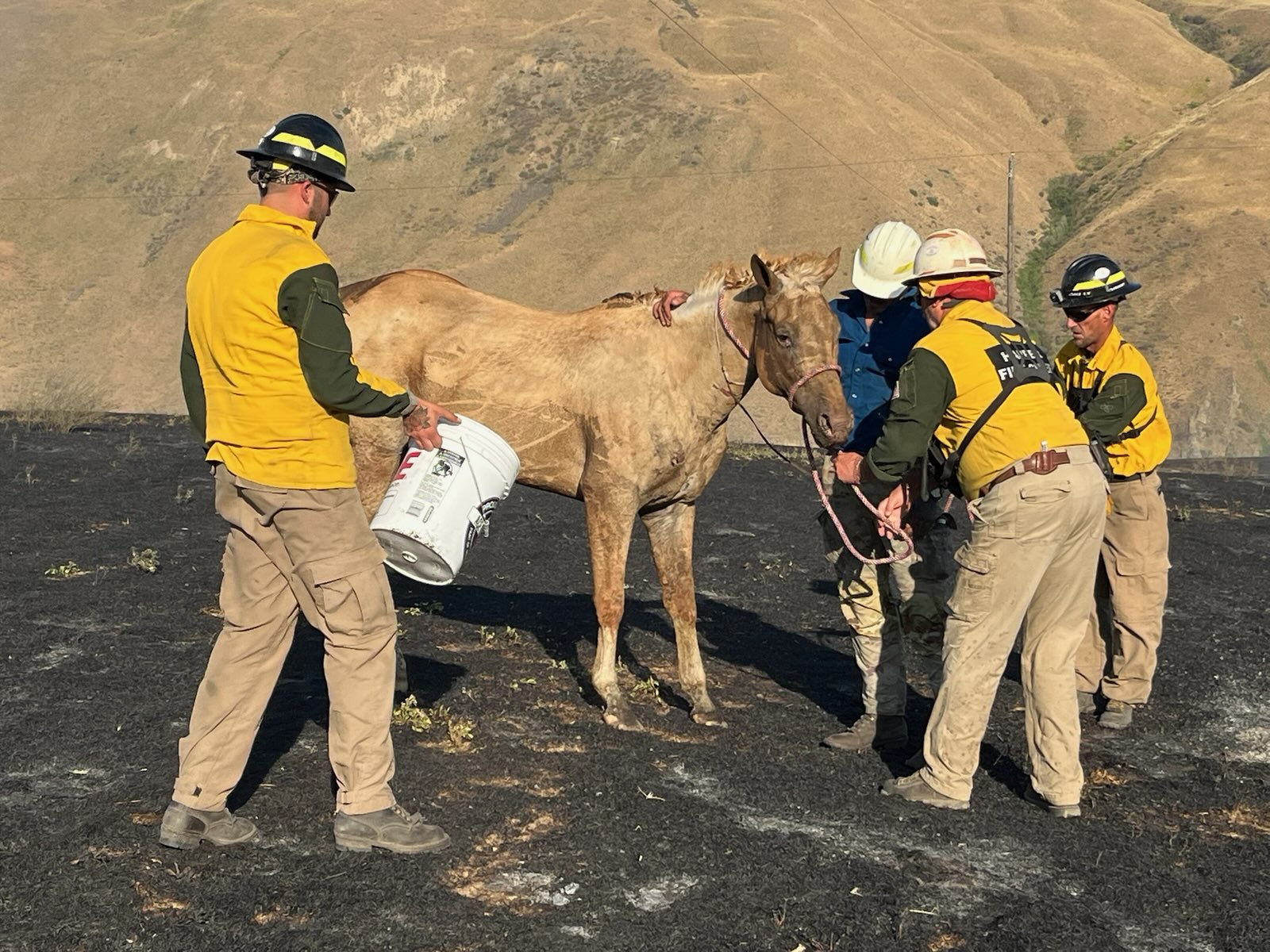Local and state officials blast COVID restrictions
Published 2:32 pm Wednesday, April 28, 2021

- Mark Bennett
Baker County Commissioner Mark Bennett and the county’s two state legislators have signed separate letters criticizing Gov. Kate Brown’s decision to ban indoor dining in Baker County and 14 other counties starting Friday, April 30 due to a recent surge in COVID-19 cases.
Trending
Bennett was among commissioners from those counties who signed a letter to the governor co-sponsored by the Association of Oregon Counties and the Oregon Restaurant and Lodging Association.
Meanwhile, State Sen. Lynn Findley, R-Vale, and State Rep. Mark Owens, R-Crane, sent a letter to Brown and to Patrick Allen, director of the Oregon Health Authority.
Both letters chastised the governor for moving those counties to the extreme risk level for at least one week starting this Friday.
Trending
The letters focus on the resulting restrictions on restaurants and other businesses.
For instance, indoor dining is prohibited in restaurants and bars in counties at extreme risk. Baker County hasn’t been at that risk level — the most severe of the four in the state’s system — since Feb. 4.
At the high risk level, where Baker County has been since April 23, restaurants and bars can have indoor dining up to 25% of capacity or 50 total people, including staff, whichever is fewer. Extreme risk also imposes more stringent limits on other businesses, including gyms and fitness centers, swimming pools, theaters and museums.
The joint letter from the Association of Oregon Counties and the Oregon Restaurant and Lodging Association questions Brown’s decision to restrict indoor dining despite a lack of evidence that restaurants and bars are a significant factor in the recent surge in cases.
“Our businesses have proven their ability to adhere to the highest expectations in safety, sanitation, and air quality,” the letter reads. “It is no coincidence Oregn has not seen one instance of a super spreader event tied to our hospitality industry.”
The letter also mentions the disparity between restrictions on different types of businesses.
For retail stores, including grocery stores, capacity is 50% in both high and extreme risk counties.
“You must know restrictions on specific types of businesses compared to others within our local communities is creating rifts and dividing people rather than bringing Oregonians together,” the letter reads. “We can flip the script by removing state mandated business restrictions on our communities while empowering our county health departments to uphold high expectations for ongoing health and safety measures as recommended by the CDC.”
The concept of shifting authority for imposing restrictions from the state to county health departments and public health officials is not new.
Baker County commissioners signed a letter in November urging a similar change.
Bennett has said previously that he believes the Baker County Health Department, working with Dr. Eric Lamb, the county’s public health officer, can determine appropriate restrictions based on the source of COVID-19 infections.
Nancy Staten, the health department’s director, has said that the main sources of the county’s surge in infections over the past month or so are private social gatherings.
The letter also addresses the effects of increasing vaccination rates in Oregon, particularly among older residents who are vastly more likely to die if they’re infected.
Of the 2,488 Oregonians who have died after testing positive for the virus, 90% were 60 or older, and 76% were 70 or older.
“We have reached the point where the vast majority of Oregon’s population most prone to serious illness has been successfully protected from the virus,” the letter reads. “And we must all admit a documented case today does not carry with it the same weight as a documented cast in the Fall when so many of our fellow Oregonians lacked access to vaccine.”
Legislators’ letter
Findley and Owens eschew any preliminary matters in their letter.
“Respectfully, enough is enough,” is the first sentence.
“Our small businesses and communities cannot endure another extreme adjustment of county risk levels and further shutdowns of the magnitude you have announce today, April 27, 2021,” the letter goes on. “We have been told to follow the science and this is what we have been doing — the data simply does not support your decision, and our businesses are being unfairly and unreasonably targeted.”
Findley and Owens’ letter acknowledges that Brown has proposed the Oregon Legislature approve a $20 million emergency relief package for businesses in extreme risk counties through the state’s commercial rent relief program.
But the lawmakers dismiss the proposal.
“The additional $20 million of support for counties does not adequately address the needs nor does it get to solving the roots of this problem,” the letter reads.
Like the letter from the Association of Oregon Counties and Oregon Restaurant and Lodging Association, Findley and Owens contend the extreme risk restrictions will not help to curb the spread of COVID-19.
“There is no evidence to show that our small businesses spread COVID-19 while following the public safety measures that have been put in place, nor is there any evidence to show that keeping our small businesses open would result in higher numbers,” the legislators’ letter reads. “Your offices need to make the tough calls to meet the virus where it is and where it is spreading, not to simply find the easiest target.
“Frankly, our small businesses are not the problem. They should not be penalized again or further; it is not their responsibility to shoulder the burden of COVID-19.”
How long at extreme risk?
Brown announced on Tuesday that counties, including Baker, will remain at extreme risk for no more than three weeks.
The governor also said that state officials will review risk levels every week, rather than every two weeks as has been the case since December.
Counties could drop from the extreme risk level starting May 7 if the number of people being treated for COVID-19 in hospitals statewide drops below 300, or the seven-day hospitalization increase drops below 15%.
As of Tuesday there were 328 COVID-19 patients in hospitals across the state.
But counties can potentiall move out of extreme risk starting May 7 if their case counts and positivity rates decline.
According to a press release from Brown’s office, “counties that improve their COVID-19 metrics will have the opportunity to move to a lower risk level.”
But state officials didn’t say how they will measure those metrics, and over what period.
In the past, counties’ risk levels were based on data from a two-week measuring period. For Baker County to avoid being in the extreme risk, it would have to have fewer than 61 new cases over the two weeks, and a test positivity rate below 10%.
It’s not clear what the metrics will be under the one-week measuring period, including whether the state will simply halve the metrics, which would mean Baker County could potentially drop from extreme risk if it had 30 or fewer cases in one week.
The governor’s office said any changes to individual counties’ risk levels would be announced on Tuesday, May 4, the changes to take effect May 7.
In the past, the two-week measuring period started on a Sunday and ended on the following Saturday.
If the state continued that schedule, but weekly rather than bi-weekly, Baker County’s chance to drop from extreme risk, starting May 7, would be based on its case numbers for the period April 25-May 1.
For the first three days of that week — April 25-27 — the county had nine new cases.









